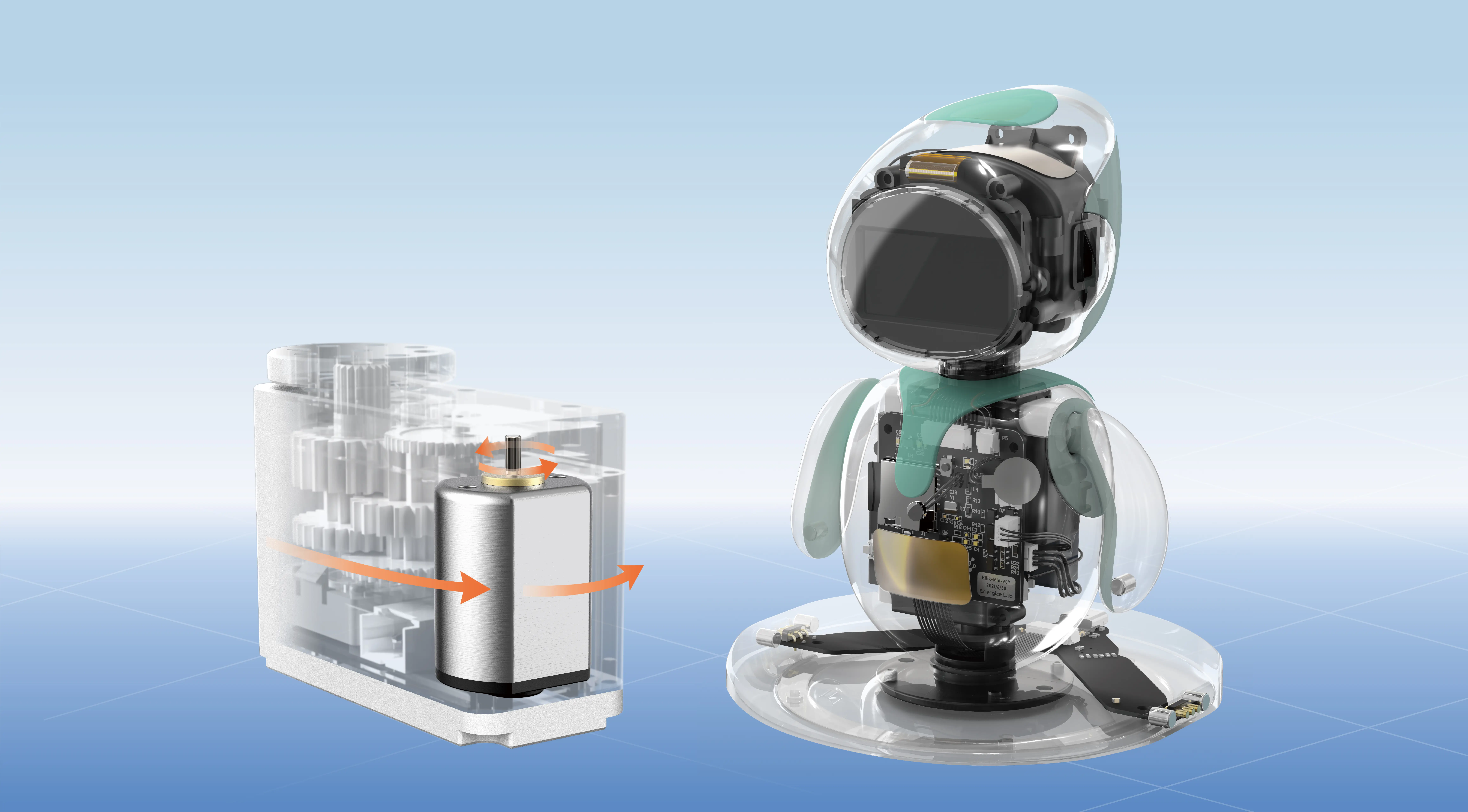Imagine a robot smoothly bending and twisting, navigating tight corners or picking up delicate objects without missing a beat. That’s the magic of foldable joints—these tiny but mighty components that make foldable robots truly bend the rules of flexibility. It’s not just about the cool factor; it’s about engineering elegance meeting practical needs.

Foldable joints are like the joints in your own body—flexible, resilient, and precise. But you see, in the world of robotics, they have to do way more than just flex. They need to withstand constant movement, endure stress, and keep the whole system lightweight. That's where innovation kicks in. The materials chosen for these joints are often super tough yet surprisingly light, like certain high-performance composites. These aren’t your ordinary hinges; they’re complex little systems designed for longevity and adaptability.
You might wonder: what makes KPOWER’s foldable joints stand out? It’s their seamless combination of durability and flexibility. Think about robots in manufacturing, healthcare, or even entertainment. They’re not just static arms—they need to fold into small spaces or unfold for big tasks. KPOWER has fine-tuned each joint to provide smooth motion, minimal wear, and high load capacity—all without sacrificing compactness.
What’s fascinating is how these joints really change the game when integrated into foldable robots. Picture a maintenance robot in a narrow vegetable tunnel or a medical assistant navigating through tight human anatomy. The joints handle complex movements, twisting and turning with a natural grace, almost like a dancer rehearsing for a show. And it’s not just about capability, but also about efficiency—saving space and reducing weight without losing strength or precision.
So, in a practical sense, how do you get the right foldable joints? Well, it’s about finding that sweet spot between materials science and engineering design. The joints need to be flexible enough for complex movements, yet stiff enough to handle heavy loads. They should resist fatigue and corrosion—especially if used outdoors or in humid environments. That’s where companies like KPOWER excel, offering custom solutions tailored to specific robot needs.
The future? It’s all about smarter designs—joints that can self-adjust, self-heal, or communicate with control systems directly. Imagine a robot that knows just how much to bend without overextending, or joints that alert you before they wear out. The thrill is watching how these tiny parts ripple out into billions of possibilities.
In a nutshell, flexible joints are the unsung heroes of foldable robotics. They breathe life into the idea of completely adaptable machines. When you see a robot fold itself into a compact shape or stretch out with ease, remember—those smooth, reliable movements owe everything to top-notch joints. It’s not just engineering; it’s kind of a new way of thinking about flexibility in motion.
Kpower has delivered professional drive system solutions to over 500 enterprise clients globally with products covering various fields such as Smart Home Systems, Automatic Electronics, Robotics, Precision Agriculture, Drones, and Industrial Automation.




































